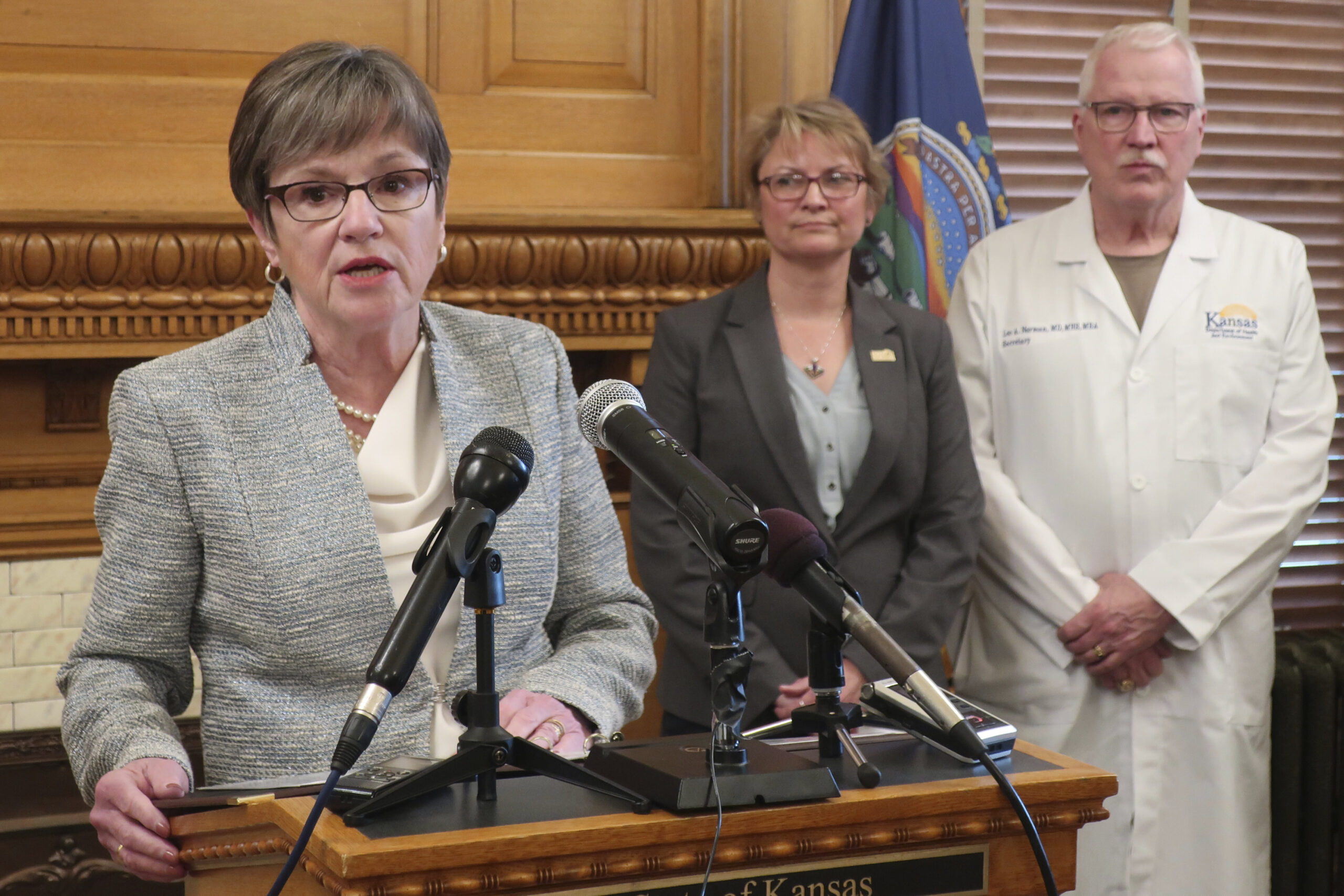At least one new face will be joining the Associated Press in Topeka to expand statehouse news coverage next year, as the AP and Report For America have selected Kansas as one of several states which will receive additional funding for state journalism.
The two organizations are working together to create 14 new reporting positions to cover state government, the Poynter Institute said in a post on Monday.
According to Poynter, a Pew Research study five years ago reported that statehouse news coverage from newspapers had declined by 35% from 2003 to 2014, and a July report showed that newsroom employment at newspapers dropped a staggering 47 percent between 2008 and 2018.
According to Poynter, Colorado, Indiana, Kansas, Michigan, Minnesota, Mississippi, Nevada, New Mexico, North Carolina, Ohio, Oregon, South Carolina, and Utah will all see additional coverage, with positions lasting 18 months and beginning in June. The positions will mostly be funded by the AP and RFA and AP will make the coverage available for free to other media in those states.
Kansas Press Association Executive Director Emily Bradbury said the KPA is thrilled to see additional investments being made in statehouse reporting.
“We are thankful that the Associated Press and Reporting for America have selected Kansas as one recipient of funds that will be used to provide additional support for the Kansas Statehouse Bureau,” she said in a statement via email. “More journalism professionals serving the public’s interest in Topeka is always welcome.”
According to the Poynter story, the AP created a formula to choose the states getting reporters, said Noreen Gillespie, the AP deputy managing editor for U.S. news, told Poynter, looking at data on news deserts, the health of the statehouse press corps and asked AP bureaus to apply for the positions with a beat plan and vision for the positions.
Applications open up Dec. 2, and the new journalists will start reporting in June of 2020, in time for the height of the election season
However, Dave Trabert, CEO at Kansas Policy Institute (which owns The Sentinel), said there’s more to fairly covering the capital than just adding bodies.
“More statehouse news coverage will be good, but the coverage problem is much more about balance than sheer quantity,” Trabert said. “Stories that would have been front-page news in the Brownback years are routinely ignored now that a Democrat is governor.”
Trabert cited four specific examples:
- Kiplinger says Kansas is the 3rd worst state for taxes on retirees and the 10th worst state overall for taxes.
- 2019 state assessment results from the Kansas Department of Education show 41% of 10th-graders are below grade level in Math and only 25% are on track for college and career.
- The Bureau of Economic Analysis reported GDP data showing Kansas has the second–worst private sector economic growth in the nation for the 12 months ended June 30, 2019.
- The Kelly administration and the Topeka Capital-Journal are behind a disinformation campaign targeting three female Republican state senators.
“The Associated Press and other mainstream media outlets largely ignore this type of important information, but The Sentinel is there to hold media and government accountable, and we do it with just two people,” Trabert said. “Real journalism can still be provided by newspapers, television, and radio stations with their reduced staff. It’s about focus, principle, and having the courage to hold government accountable regardless of personal political leanings.”



